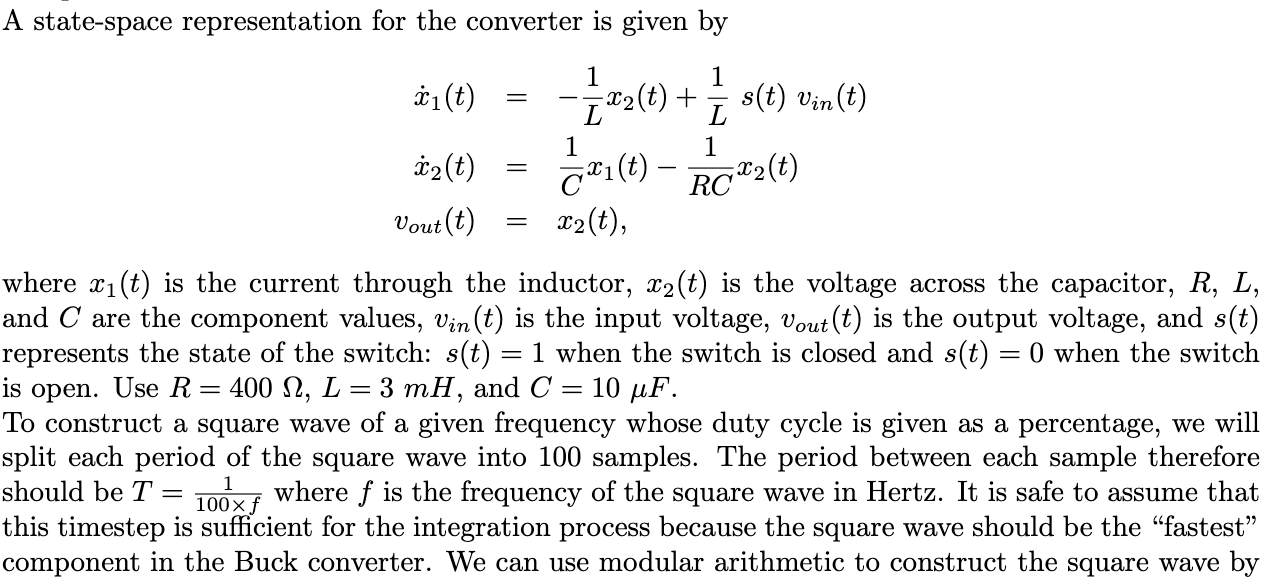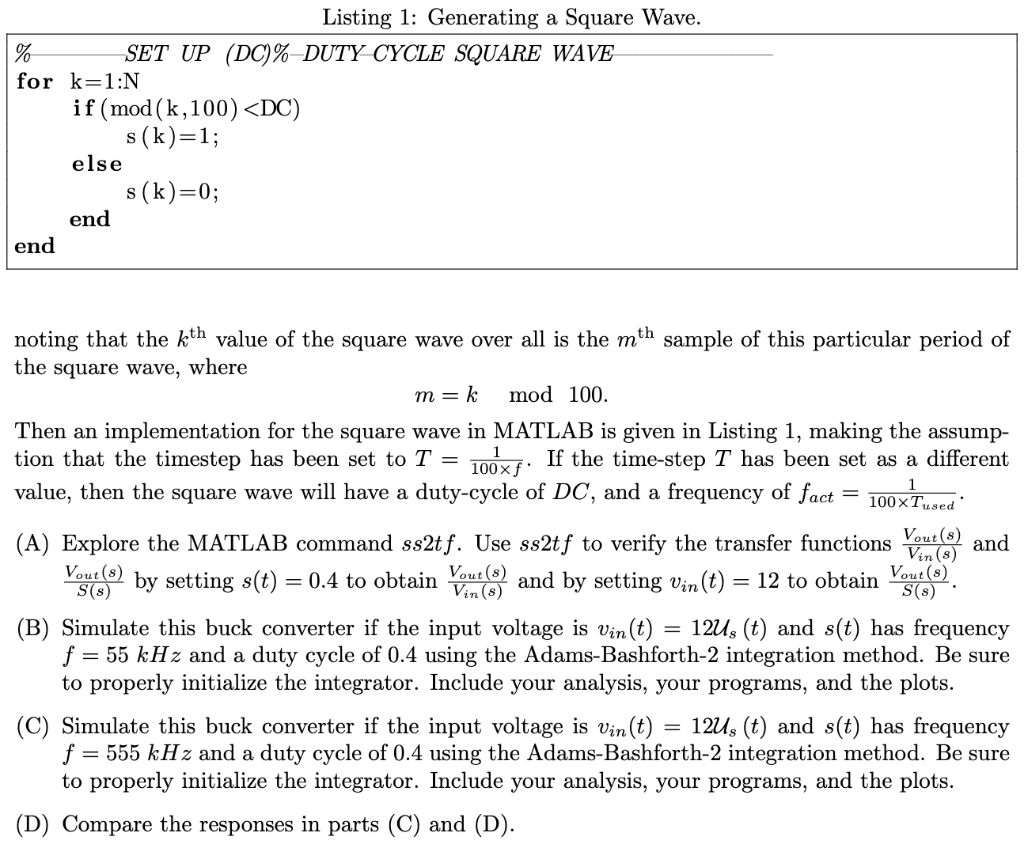Answered step by step
Verified Expert Solution
Question
1 Approved Answer
A state-space representation for the converter is given by ci(t) aalt ) + sct) vin(t) ti(t) 1 2(t) Vout(t) RCT2(t) 22(t), = where xi(t) is


Step by Step Solution
There are 3 Steps involved in it
Step: 1

Get Instant Access to Expert-Tailored Solutions
See step-by-step solutions with expert insights and AI powered tools for academic success
Step: 2

Step: 3

Ace Your Homework with AI
Get the answers you need in no time with our AI-driven, step-by-step assistance
Get Started


